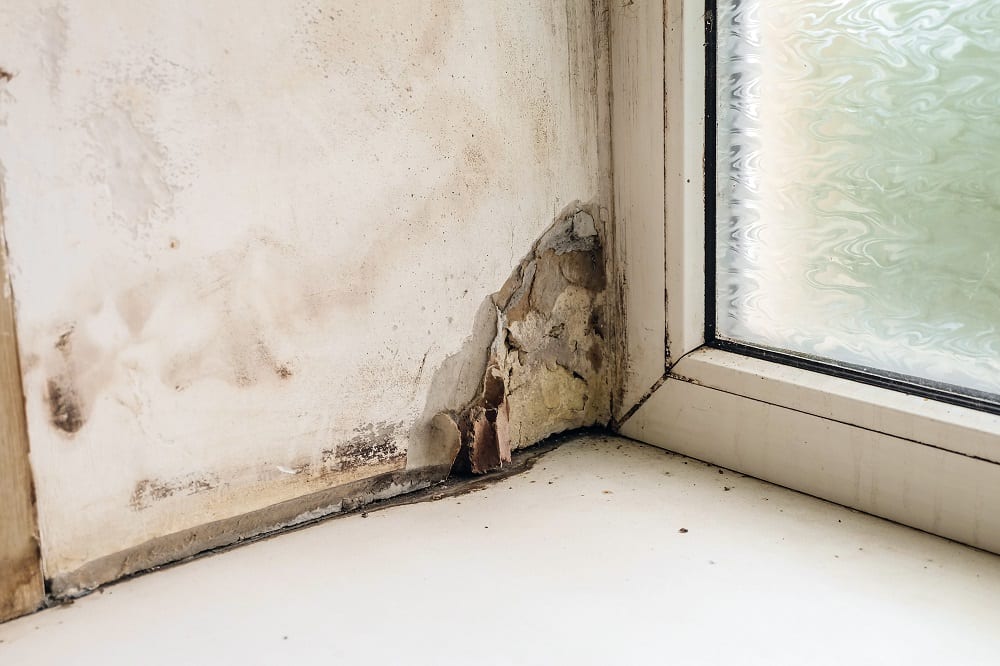Keeping your basement dry and tight can be a challenge. Factors like climate, geography, and the way your home is built can affect the amount of humidity it retains. Try these ways to help keep the lowermost level of your home feeling just right.
Seal Cracks
Cracks are easy access points for moisture. Breaches along the area where the foundation of your house joins the concrete floor, as well as cracks in the seals around basement windows can both cause water ingress. Use a silicone sealer or foam weather stripping to fill the gaps.
Seal Your Concrete Floors and Walls
If your basement floors and walls are unsealed water vapor can seep through. Older concrete is more susceptible to this. Water vapor can lead to condensation on walls and floors, which is a big contributing factor to mold if it’s left unaddressed. You can stop the formation of condensation by using a concrete paint-and-sealer combo. There are a range of sealant strengths and colors, and usually different varieties for walls and floors.
Check Downspouts and Soil Grading
Even floor and wall sealants won’t be effective in warding off dampness if moisture is collecting around the outer foundation of your home. So make sure that water flows away from your foundation by verifying that downspouts extend at least four feet from the house. This will help to reduce the amount of moisture that can accumulate inside of your basement.
Also, check the soil grading around your property to identify any areas that may run downhill in the direction of your home and carry moisture toward to the foundation. Trouble spots will need to be regraded.
Install a Dehumidifier
Sometimes a dehumidifier alone can be an effective, and relatively inexpensive, ongoing measure to combat moisture issues and protect your basement from damage.









